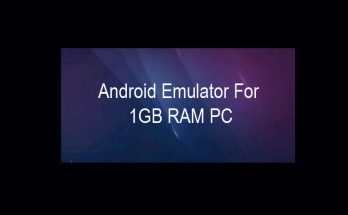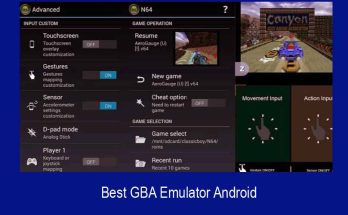Can Microsoft’s second version of its dual-screen smartphone give the Surface Duo the brightness it needs? Along with various PC announcements at Microsoft’s Surface event, the tech giant unveiled the second version of its dual-screen duo smartphone, the Surface Duo 2.
In the review of the original Surface Duo, we praised the hardware itself and the concept’s ambition but noted a litany of significant software bugs and heavy design. In its second design opportunity, Microsoft is hoping the introduction of Android 11 plus a year of research and development will improve the experience.
We briefly tested the Surface Duo 2 at a preview event in New York City following the company’s live stream on September 22, alongside the latest Surface PCs, including the Surface Laptop Studio. I primarily review laptops for but as a rep at the event below are my first impressions (including a short video). Our mobile analysts will have much, much more to say in their full assessment when presented with a formal test sample.
Impressive Hardware, But It’s All Down to the OS
The main takeaway (as someone who hasn’t spent a lot of time with the original Surface Duo) is that the quality of the hardware and the new features Microsoft demonstrated gave me hope that the device would work successfully overall this time around. The build quality of the Duo 2 is excellent and it is extremely attractive with its various bright color options. But a good smartphone relies heavily on its software and figuring out if it delivers a smooth user experience takes longer than the short personal space we were given on September 22.

Some Context When You Need It: For most phones, reliance on iOS or Android solves the user experience problem, as Apple and Google have gotten pretty good at building operating systems. Your cumulative improvements over the years are huge factors at this point. However, Android phone makers often use their own operating system skins in addition to the “pure” version of Android, which often introduces new (and sometimes polarizing) UI elements or functions in addition to Android itself. All of this is expected in 2021, but that dynamic becomes much more complicated when unique form factors are introduced that the phone maker must adapt the software to. Good example: double partitions separated by a hinge.
The operating system should keep up and work with the physical design, and as noted in our review, the original duo failed here. It was missing between design and a buggy experience, so the sequel definitely has something to prove. One thing to note: Since the original’s launch, the Surface Duo 2 has benefited from several other dual and foldable screen designs on the market, so Android has had to adapt.
Upgrades Abound: New Camera, Notifications, and Displays
During my time with Duo 2, a Microsoft rep introduced me to various demos and talked about the capabilities of Android 11 to make it a better experience. The Camera & Photos app makes smart use of both screens, and the picture quality (along with improved triple lenses giving you wide angles, telephoto, and ultra-wide angles) seemed sharp, but there wasn’t much. opportunities to study them closely or personally. to take test photos.
The rep also pointed out that the second screen can be used as a kind of built-in stand or tripod, and with the wide-angle lens you can put the phone down and capture an entire scene with yourself on it.
In addition, there is a new notification system that can display calls and other information symbols on the edge of the screen when the phone is closed. In practice, it looks great and looks like the future. It’s not the first time we’ve seen something like this on a smartphone with a curved screen, but it was different when viewed with the phone closed. Additionally, some of your notifications will be hidden from public view if this type of precaution is important to you.
Speaking of which, the curved twin screens are new and, at a diagonal of 5.8 inches each, 0.2 inches larger than the original. They look neat and very spacious, and the curved design complements the fold and hinge when the phone is closed in the narrowest corner. When displaying video on both screens, the hinge was an easily ignorable interrupt, with only a small gap between the two panels.
The performances were therefore solid. But that’s the problem with quickly staring at a smartphone next to a caregiver – a quick demo is different from living with the device all day, not to mention its urgent use in many different places. Navigating smoothly through the operating system and checking for errors will take longer than this demo event allows, although what I saw encouraged me.
But what cheered me up anyway: a quick reaction to typical screen actions. In addition to the new cameras, the Duo 2 will support 5G with a rugged Qualcomm Snapdragon 888 processor. (Another prominent foldable device, the Samsung Galaxy Z Fold3 5G, also uses the 888. Check our review on the link to get an idea of its relative performance). For a full rundown of the Duo 2’s specs, features, and additions, check out our original article.
Since bets on the Duo 2 won’t be cheap at $ 1,500, check out the full verdict to see if Microsoft has achieved ease of use for this long-awaited second take.






